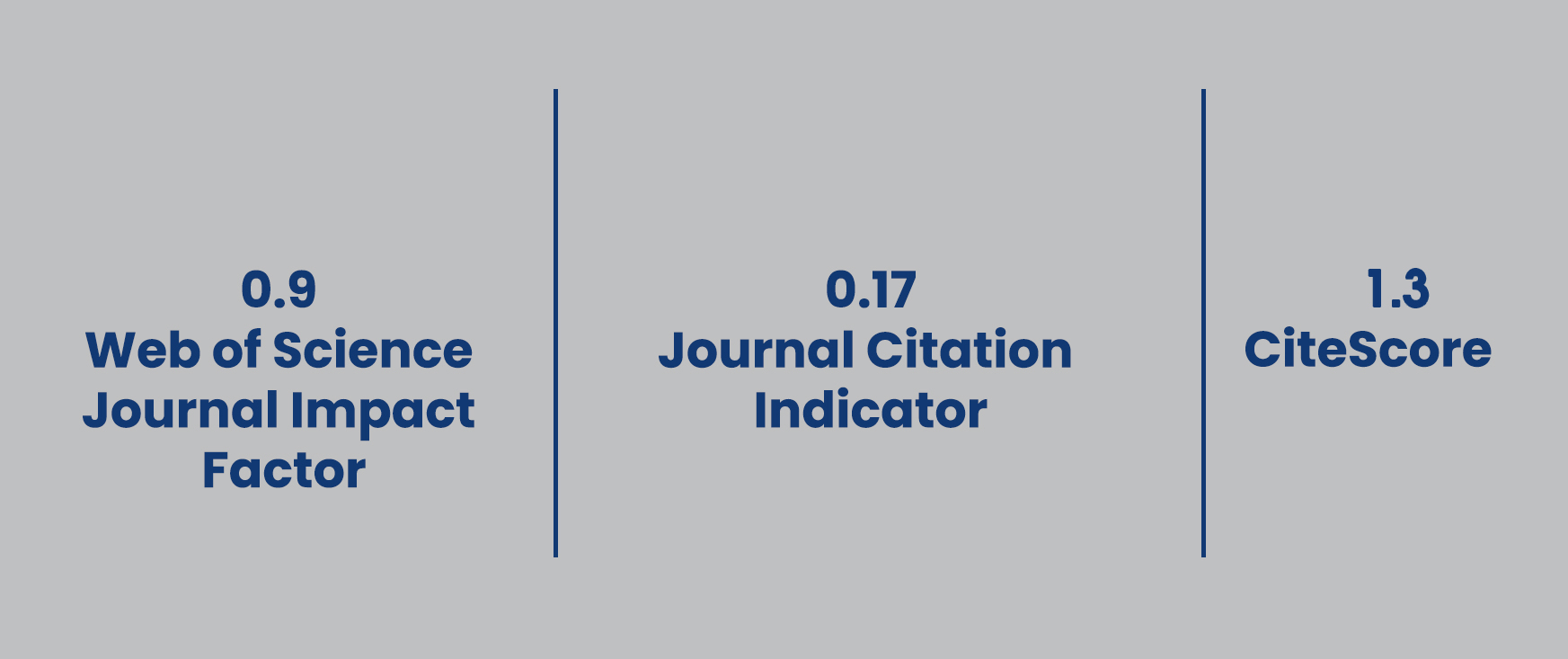

JEMS apply the Creative Commons Attribution NonCommercial 4.0 International Licence to all manuscripts to be published
Investigation of the Hydrodynamic Characteristics of Tirhandil Boats with CFD Methods
SERTAÇ BULUTDepartment of Naval Architecture and Marine Engineering, Izmir Katip Celebi University, Izmir, TurkeyTirhandils, with their unique designs, have been used for various purposes in the Aegean and Mediterranean regions over centuries, becoming a significant part of our maritime culture. This study aims to investigate the hydrodynamic characteristics of Tirhandil boats using Computational Fluid Dynamics (CFD) methods. The objectives include analysing the resistance characteristics, pressure and velocity distributions, and wave patterns of a Tirhandil model with a waterline length of 12 meters and a waterline width of 4.02 meters at various flow speeds, corresponding to Froude numbers of 0.19, 0.28, 0.38, and 0.47. A grid independence study was conducted using various grid structures to determine the optimal mesh configuration for the numerical analyses. Validation studies were performed to evaluate the accuracy of the numerical models by comparing the numerical results with experimental data at a Froude number of 0.38, corresponding to a flow speed of 8 knots. SST k-Omega and Realizable Two-Layer k-Epsilon turbulence models were used in the validation studies. The results indicate that frictional resistance dominates at lower speeds, notably at Froude number 0.19, while pressure resistance becomes the prevailing component at higher speeds, such as Froude numbers 0.38 and 0.47, with a balanced contribution observed at Froude number 0.28. A 2-knot increase in speed results in an average increase of approximately 150% in total resistance. The highest-pressure areas on the hull are concentrated along the keel line at all flow speeds, with a more uniform pressure distribution observed at Froude number 0.38. As the flow speed increases, reaching a Froude number of 0.47, the pressure area in the bow region expands, leading to higher wave amplitudes, stronger stern waves, and significant increases in drag and resistance.
Keywords: Tirhandil, Hydrodynamics, Computational Fluid Dynamics, Resistance, Wave PatternsManuscript Language: English










